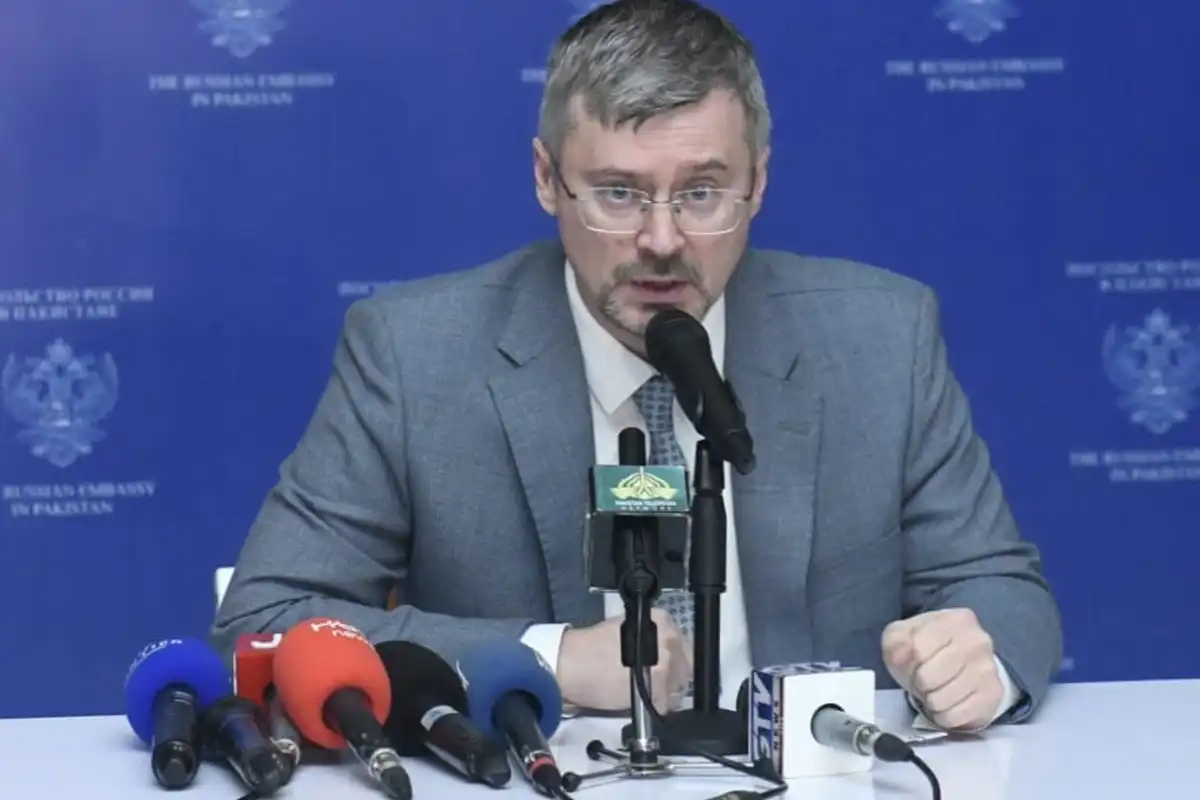Canada Eases Study Permit Rules for International Master’s & PhD Students

Canada Eases Study Permit Rules for International Master’s & PhD Students
In a significant move to attract top global research talent, Canada has announced plans to remove federal study permit caps for master’s and PhD applicants at public universities starting January 2026. The decision, part of the Immigration Levels Plan 2026–2028, aims to strengthen the country’s research ecosystem while managing overall student intake.
Under the new policy, international graduate students will no longer be subject to annual caps on study permits, allowing for increased enrolment in Canadian graduate programs. This change underscores Canada’s commitment to nurturing a skilled research workforce that can contribute to the nation’s long-term economic growth and scientific advancements.
Accelerated Visa Processing for PhD Students
In addition to the cap exemption, PhD applicants will benefit from faster visa processing times. Those applying from outside Canada will see their study permits processed within 14 days, a major improvement aimed at attracting more top-tier academic talent. This fast-track processing will also extend to the accompanying family members of PhD applicants.
The Immigration, Refugees and Citizenship Canada (IRCC) has launched a dedicated webpage that provides comprehensive details for graduate students, including information on eligible study programs, available scholarships, and post-graduation work opportunities in Canada.
Strategic Shift in Immigration Policy
Government officials explained that “graduate students play a crucial role in Canada’s research and innovation ecosystem and are more likely to contribute long-term to the country’s economy.” The change is part of Canada’s broader strategy to reduce the overall intake of international students at the undergraduate and college levels, while ensuring that graduate-level students continue to be prioritized due to their potential contributions to innovation and research.
This strategic adjustment also aligns with Canada’s plan to reduce the overall temporary resident population — which includes students, temporary workers, and short-term visitors — to under 5% of the total population by 2027. This move is intended to mitigate pressures on housing, healthcare, and infrastructure while still fostering an environment that attracts highly skilled individuals.
Canada’s Graduate Student Intake Target (2026–2028)
The new policy sets ambitious targets for graduate student intake over the next few years. The targets are as follows:
- 2026: 155,000 new graduate students (range: 150,000–160,000)
- 2027: 150,000 new graduate students (range: 145,000–155,000)
- 2028: 150,000 new graduate students (range: 145,000–155,000)
These targets apply only to new arrivals joining graduate programs of longer than six months at approved Designated Learning Institutions (DLIs), and exclude short-term programs and students on visitor visas.
A Boost for Canada’s Global Standing in Research
While Canada is tightening its rules for international undergraduate and college-level permits, the priority given to master’s and PhD candidates ensures that the country will remain a top destination for advanced education. This policy not only supports Canada’s scientific and technological progress but also strengthens its position as a global leader in research and innovation.
In the coming years, the new policy will help Canada continue to attract the best and brightest from around the world, reinforcing the country’s reputation as one of the most research-friendly and innovative study destinations.
Catch all the World News, Breaking News Event and Trending News Updates on GTV News
Join Our Whatsapp Channel GTV Whatsapp Official Channel to get the Daily News Update & Follow us on Google News.













